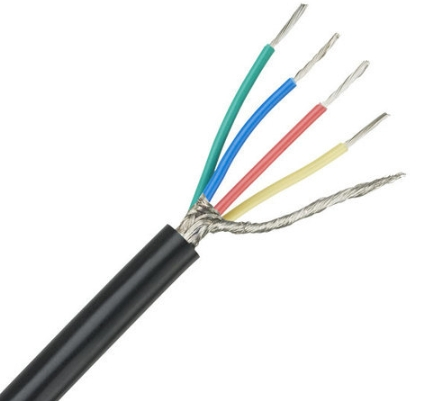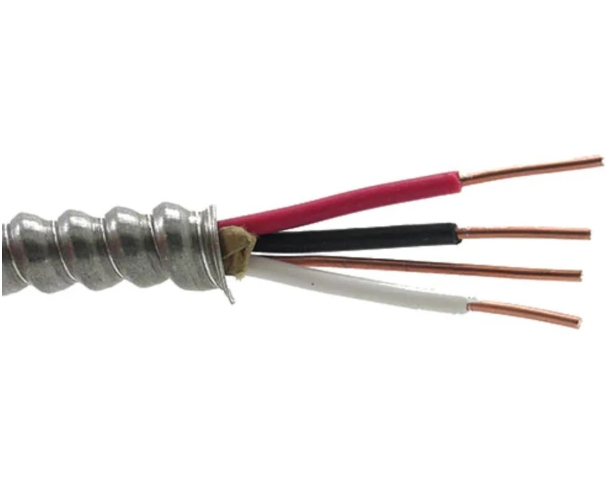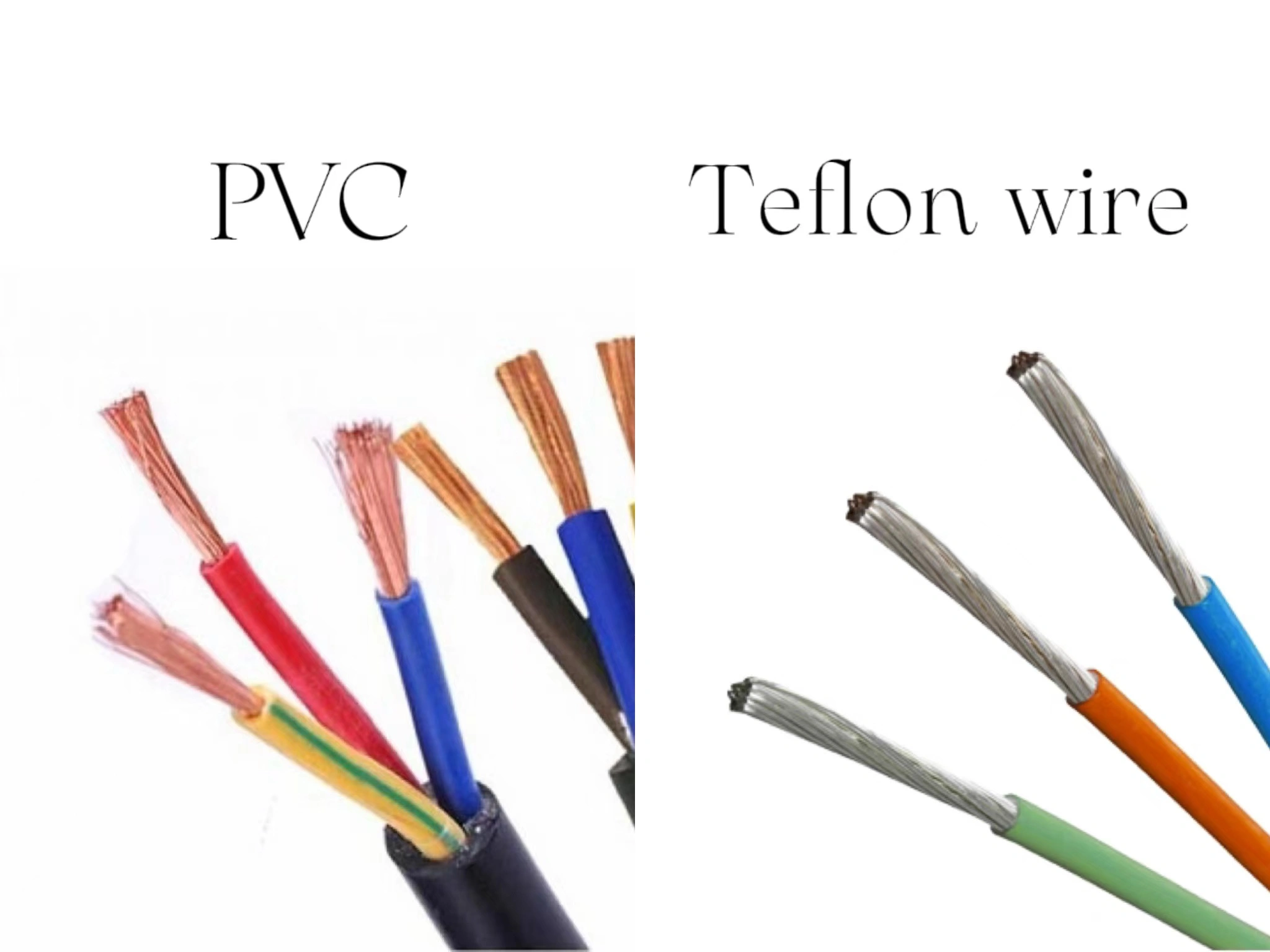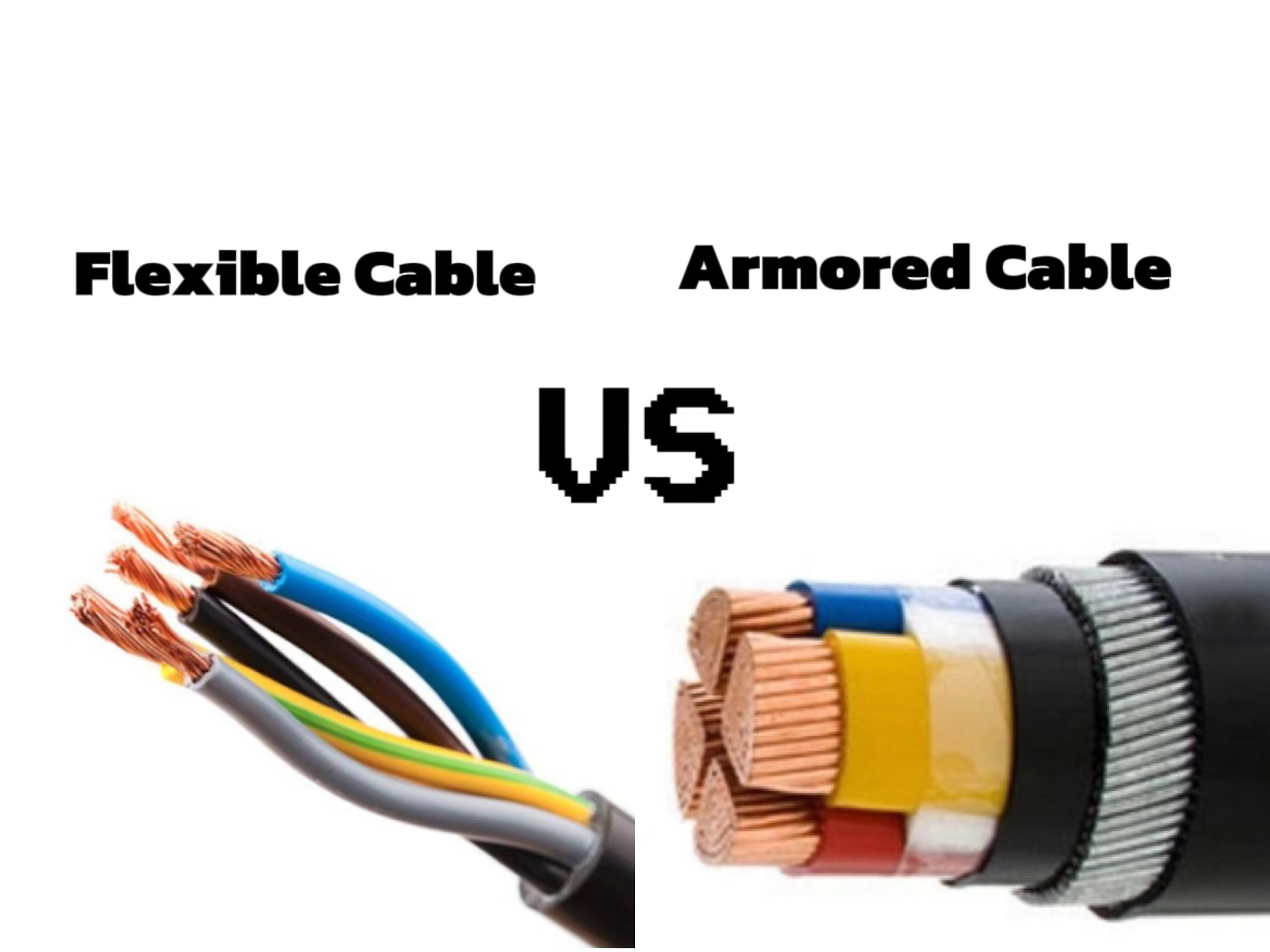Mastering the different types of electrical work requires us to focus on choosing the right wire gauge. The selection of 10 gauge wire is key to keeping our electrical systems safe, efficient and reliable. Join us on a deep dive into the essence of 10 gauge wire—its ratings, amps, watts, color codes and the comparison between stranded and solid forms. By dissecting above aspects, we can maximize our ability to make the most informed decisions.
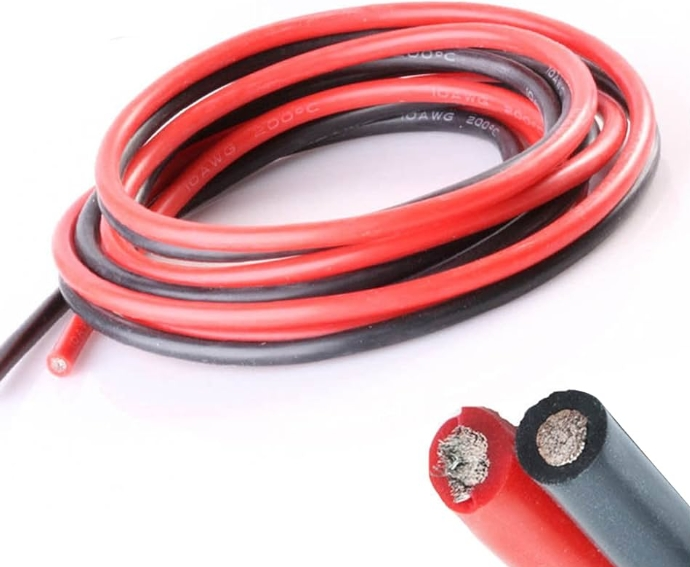
What is 10 gauge wire rated for?
Usually, 10 gauge wire is referred to as 10 AWG. It is a prominent variety of electrical wire extensively employed in diverse settings. Within the American Wire Gauge (AWG) system, ‘gauge’ signifies the thickness of the wire. A lower AWG number indicates a thicker wire while the 10 gauge wire diameter specifically denotes its size. Moreover, Its rating encompasses several critical parameters that are tailored to its electrical current carrying capabilities.
- Voltage Rating: Voltage ratings for 10-gauge wire will vary depending on the type of insulation. For example, standard voltage ratings for PVC and XLPE cable materials reach up to 600 volts. The voltage ratings enable safe power transmission under certain conditions.
- Temperature Rating: The insulation material of the 10 gauge wire affects its temperature tolerance. Different insulation materials have various temperature ratings. Such as PVC insulated wire is rated for a maximum temperature of 80°C to 105°C;XLPE insulated wire can be used up to 125°C;PTFE is typically rated for temperatures from -65°C to 250°C.
- Environmental Considerations: Depending on the type of jacketing and insulation material used, 10 gauge power cable may have additional ratings for resistance to chemicals, oils, and moisture for particular uses such as subterranean or outdoor use.
- Applications: With its designated ampacity and voltage specifications, 10 ga wire is frequently utilized in applications requiring medium to high power. 10 gauge wire includes a range of uses from HVAC systems to smaller motor operations, as well as in common household wire appliances such as water heaters and air conditioning systems. What’s more,10 gauge speaker wire can keep that the sound is transmitted clearly and without interruptions.
Comprehending each of ratings is paramount if 10 gauge wire is to be used safely and effectively in an application. It largely avoids the risk of overload and heat accumulation risks. We now shift focus to its electrical properties, specifically 10 gauge wire amps.
How many amps can a 10 gauge wire handle?
The current-carrying capacity of 10 gauge wire is a key trait determining its appropriateness for diverse electrical tasks. Generally, a 10 gauge copper wire can carry up to 30 amps safely. However, the load capacity can be affected by factors such as the type of material and the environment in which 10 gauge wire is installed.
On the one hand, ambient temperature plays a significant role in determining the amperage rating for 10 gauge wire. In environments with higher temperatures, the risk of insulation degradation and increased resistance cause the ability of 10 gauge wire to handle current to decrease. Consequently, the National Electrical Code (NEC) provides guidelines that adjust max amps for 10 gauge wire based on the surrounding temperature to assuring safe operation under various conditions.
Installation conditions can also affect the ability of 10 gauge wire to carry current, such as the use of conduit and the presence of multiple wires in the vicinity. When 10 gauge wire is run in a conduit with other wires, the collective heat generated can limit its ability to carry current.
How many watts can 10 gauge wire handle?
Calculating the wattage capacity of 10 gauge electric wire requires an understanding of its ampacity in conjunction with the system voltage. Generally, a 10 gauge wire can safely handle up to 30 amps. In a typical 120-volt residential system, it can manage 3600 watts. However, 10 gauge wire’s wattage capacity increases to 7,200 watts in systems commonly found in large appliances and industrial environments.
The ability of 10 gauge electrical cable to handle varying wattages renders it ideal for diverse uses. 10 gauge wire includes powering household appliances to meet the electrical needs of commercial and industrial machinery. Also when we consider the specific installation, it is important to match the capacity of the 10 gauge wire to the requirements of the connected load.
Additionally, cables are known to be color coded in a number of different styles and what do they each represent?
What color is 10 gauge wire?
In electrical installations, the color coding of AWG 10 gauge wire is a standardized identification of the role of the wire in the circuit. In North America, the insulation of 10-gauge wire follows a prescribed color pattern to provide safety and uniformity in electrical work. For 10 gauge wires, common colors include:
Black Insulation: The black color on 10 awg wire typically signifies a primary live or hot wire. It is responsible for carrying electrical power from the source directly to the load.
Red Insulation: Red insulation is often used for secondary live wires, particularly prominent in 220-volt circuits and switch legs.
White Insulation: White is the standard color for the neutral conductor of 10 gauge wire. It is the primary source for sending current back to the power source to complete the circuit.
Green: The special color identifies the ground wire in the 10 gauge wire and improves overall safety by securing a reliable path to a safe ground for electrical faults.
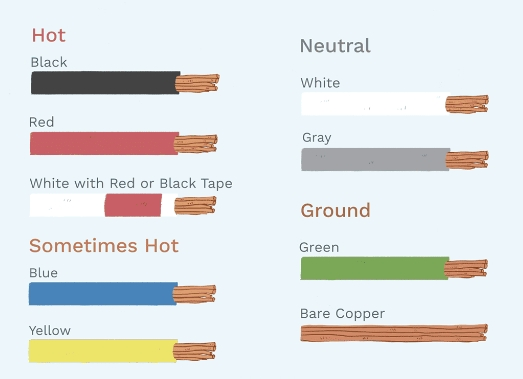
Also read more details:Understanding Electrical Cable Colours: Codes And Roles
Standard color coding plays an inaccessible role in electrical safety and efficiency. Technicians will be able to quickly and correctly identify and connect wires by varying colors. However, it is important to recognize that these color standards may vary in different areas and types of electrical systems.
Furthermore, let’s compare the structural differences and applications between stranded and solid forms of 10 gauge wire.
10 gauge stranded wire vs solid
10 Gauge Stranded Wire:
- Composition and Structure: The stranding consists of numerous tiny individual strands that are tightly woven together to provide the conductor with remarkable flexibility.
- Flexibility and Adaptability: It boasts superior flexibility thus make it an optimal choice for applications necessitating navigation through confined areas, bends, or corners.
- Electrical Resistance and Conductivity: 10 gauge wire has a slightly higher resistance compared to solid metal wire. It is due to the air gaps between the wire strands and the increased overall surface area. However, in most practical applications, 10 gauge wire does not have a significant impact on its efficiency.
- Preferred Use Cases: The type is highly favored in dynamic environments where wires are constantly moving or vibrating, such as 10-gauge automotive wiring, robotics or portable power tools.
- Ease of Installation and Handling: The malleability of stranded wire eases the process of installation. 10 gauge wire can be easily routed through conduits and cable management systems.
10 Gauge Solid Wire:
- Composition and Uniformity: Solid wire is made from a single piece of solid copper. The single construction enhances its structural integrity.
- Stability and Rigidity: Its rigidity allows the wire to hold its shape. Not only does it help the wire not bend or move after installation but it also helps create a reliable and stable connection.
- Electrical Resistance and Efficiency: 10 gauge wire offers a lower electrical resistance relative to stranded wire due to its compact and solid construction. It can be advantageous in reducing power losses over long distances.
- Installation Considerations: While the rigidity of solid wire can be challenging in complex installations, 10 gauge wire is less prone to fraying or separation and is also easier to connect to terminal screws and other electrical components.
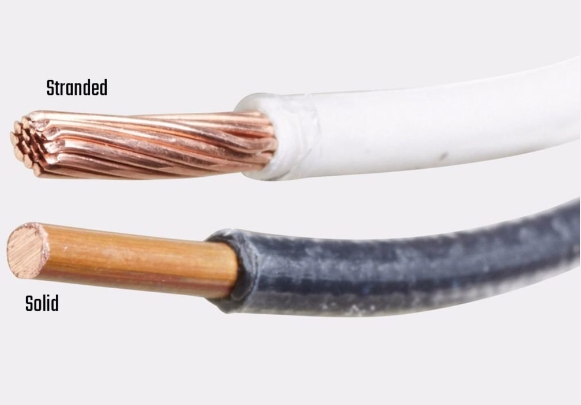
The decision between stranded and solid 10 gauge wire hinges on the specific requirements of the electrical installation, balancing factors such as flexibility, environmental conditions, and the nature of the electrical load. Also, we can read more details for comparison:
10 gauge wire Conclusion
As we conclude this exploration, we would recognize the details of 10 gauge wire and the necessity of choosing the right type of wire as per the specific needs to keep optimal safety and efficiency in diverse electrical setups.
Turning our focus to practical applications and quality sourcing, ZW Cable emerges as a prominent supplier in the field. Its commitment to quality is evident in their diverse offerings of 10 awg wire, catering to a wide spectrum of electrical needs. For those interested in purchasing important component, 10 gauge wire for sale in a wide variety of options. If you have any questions regarding product, please visit our website or send email for more product information!
FAQs
Which is stronger 10 gauge or 12 wire?
When comparing wires of the same material and quality, the strength of the wire is directly related to its diameter. Essentially, a wire with a larger diameter boasts greater strength compared to a thinner wire. This is due to the increased amount of material present, which can better withstand forces without breaking. For instance, a 10 gauge wire, which has a larger diameter, will inherently be stronger and more durable than a 12 gauge wire.
Can 10 AWG handle 40 amps?
10 AWG and 12 AWG wires are unsuitable for 40-amp circuit breakers. The copper wires possess ampacities of 35 amps and 25 amps, respectively. Utilizing them in a 40-amp circuit is fundamentally incorrect and could lead to an electrical accident.



